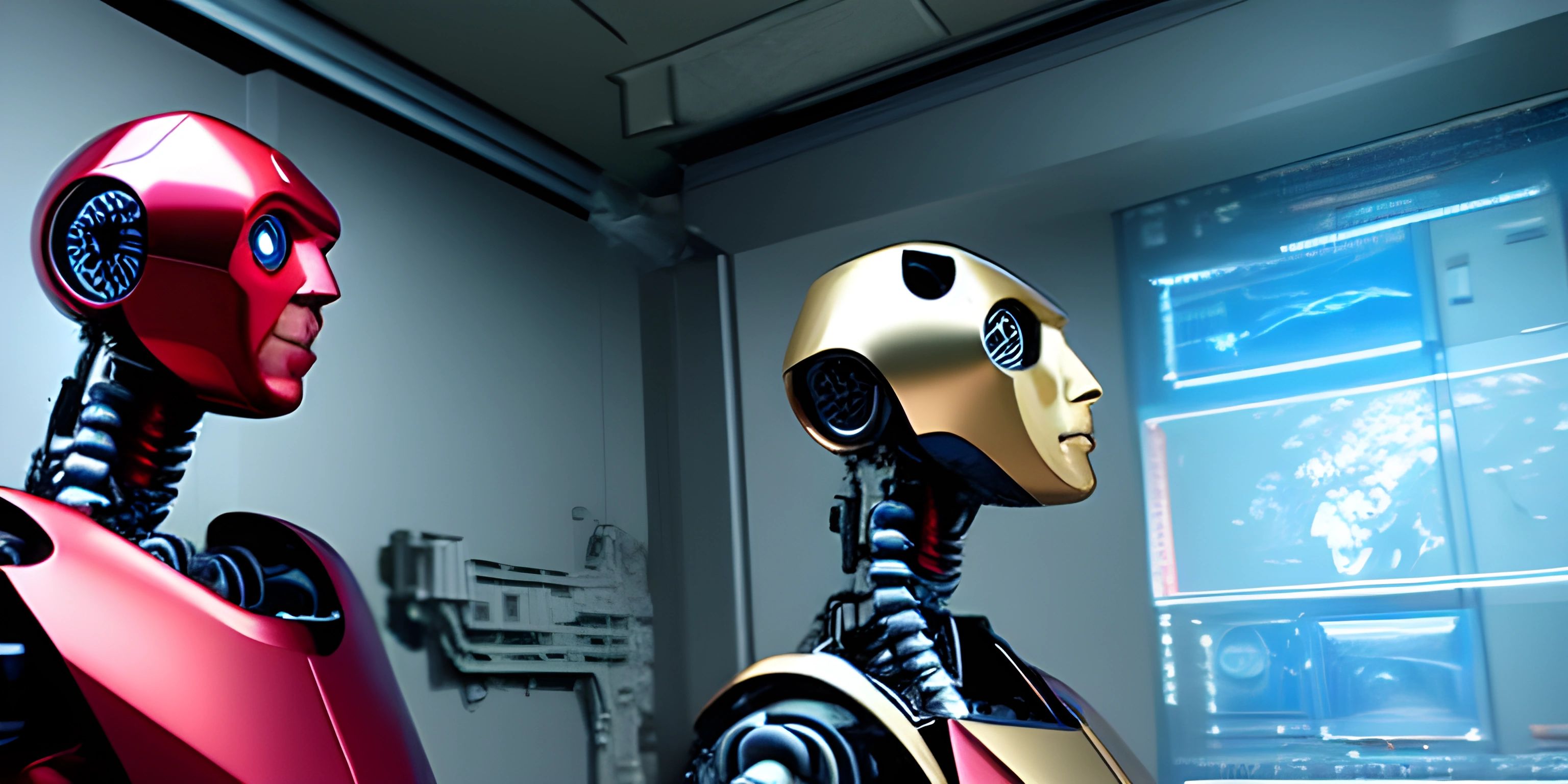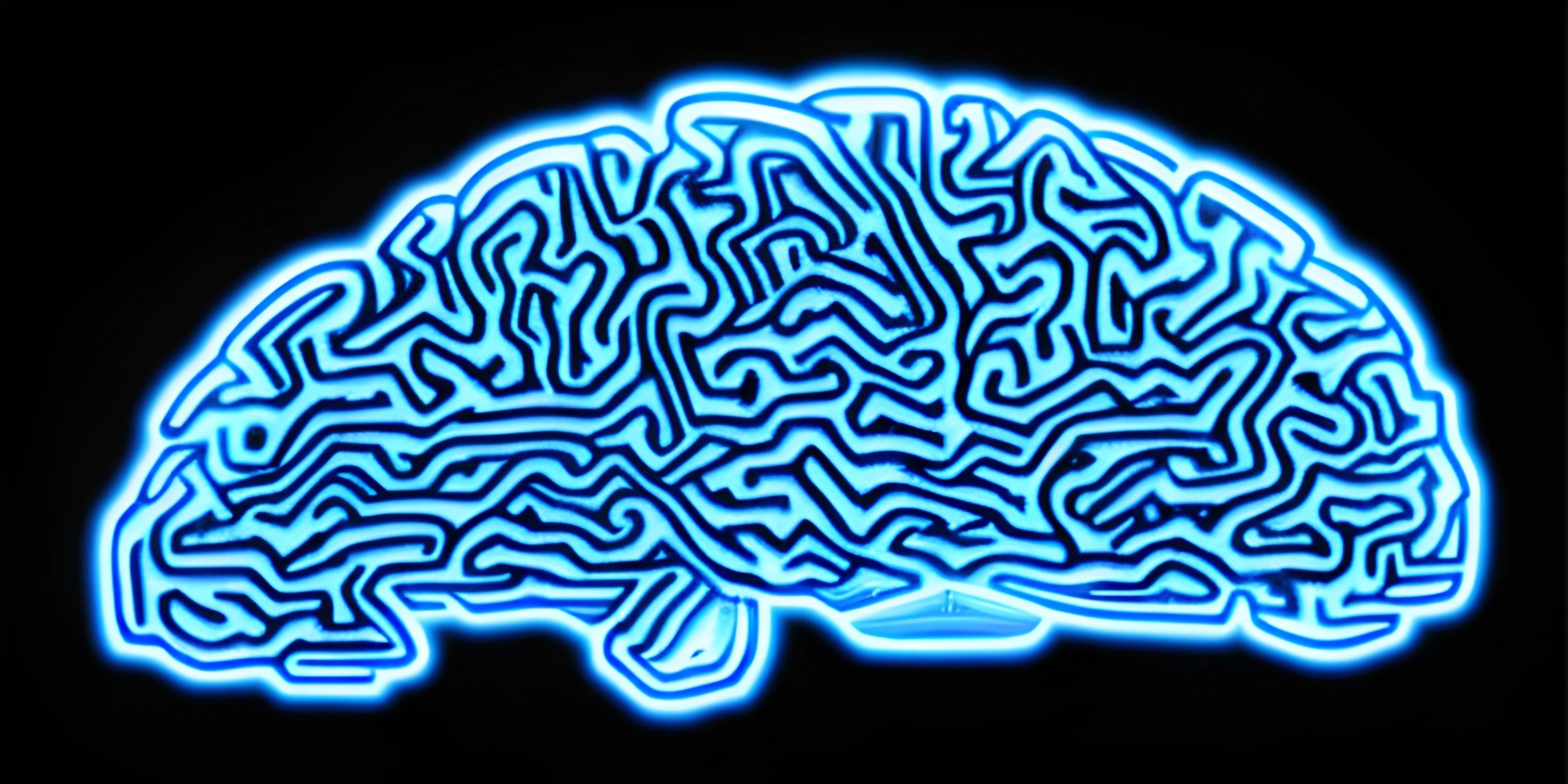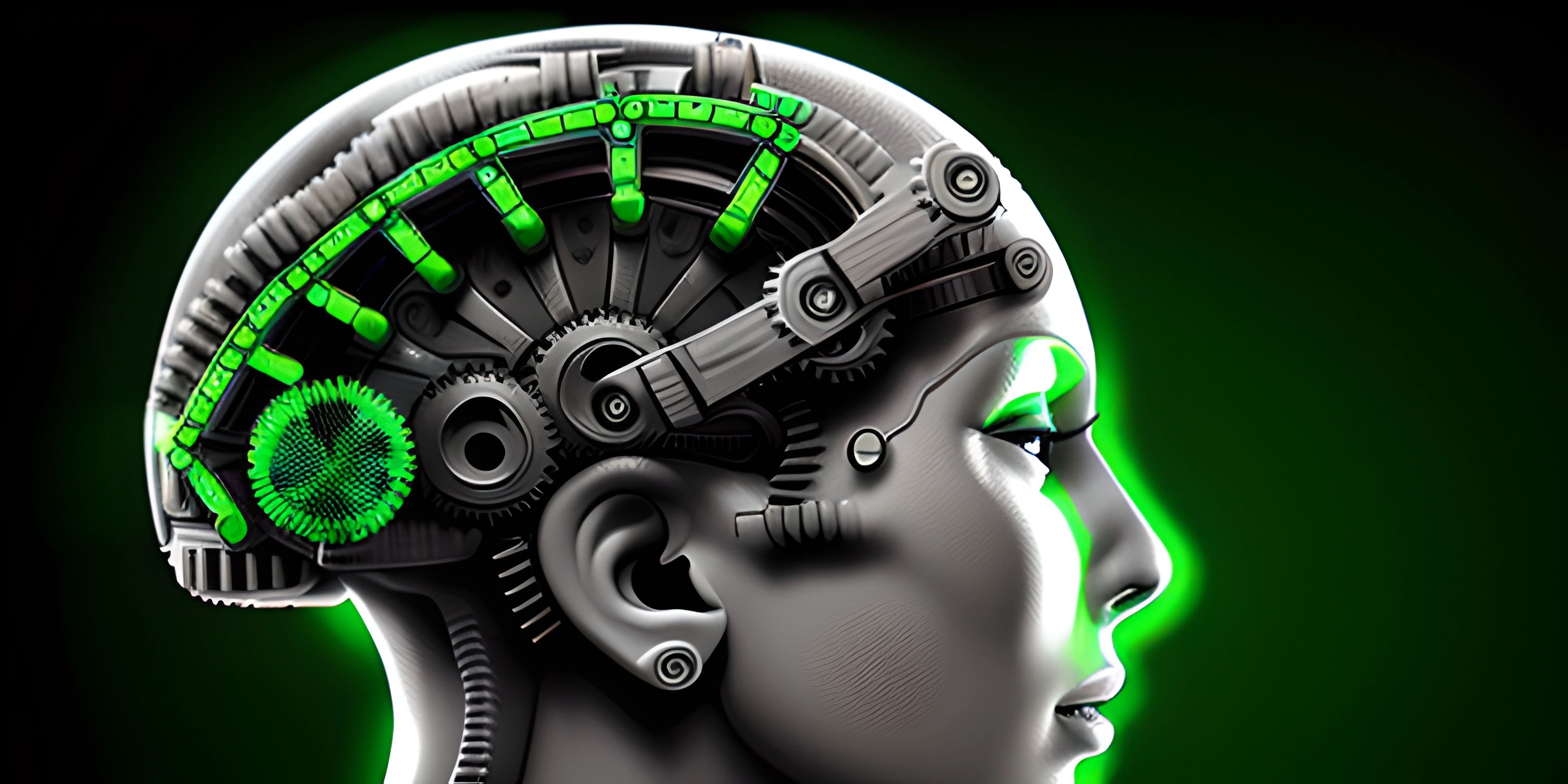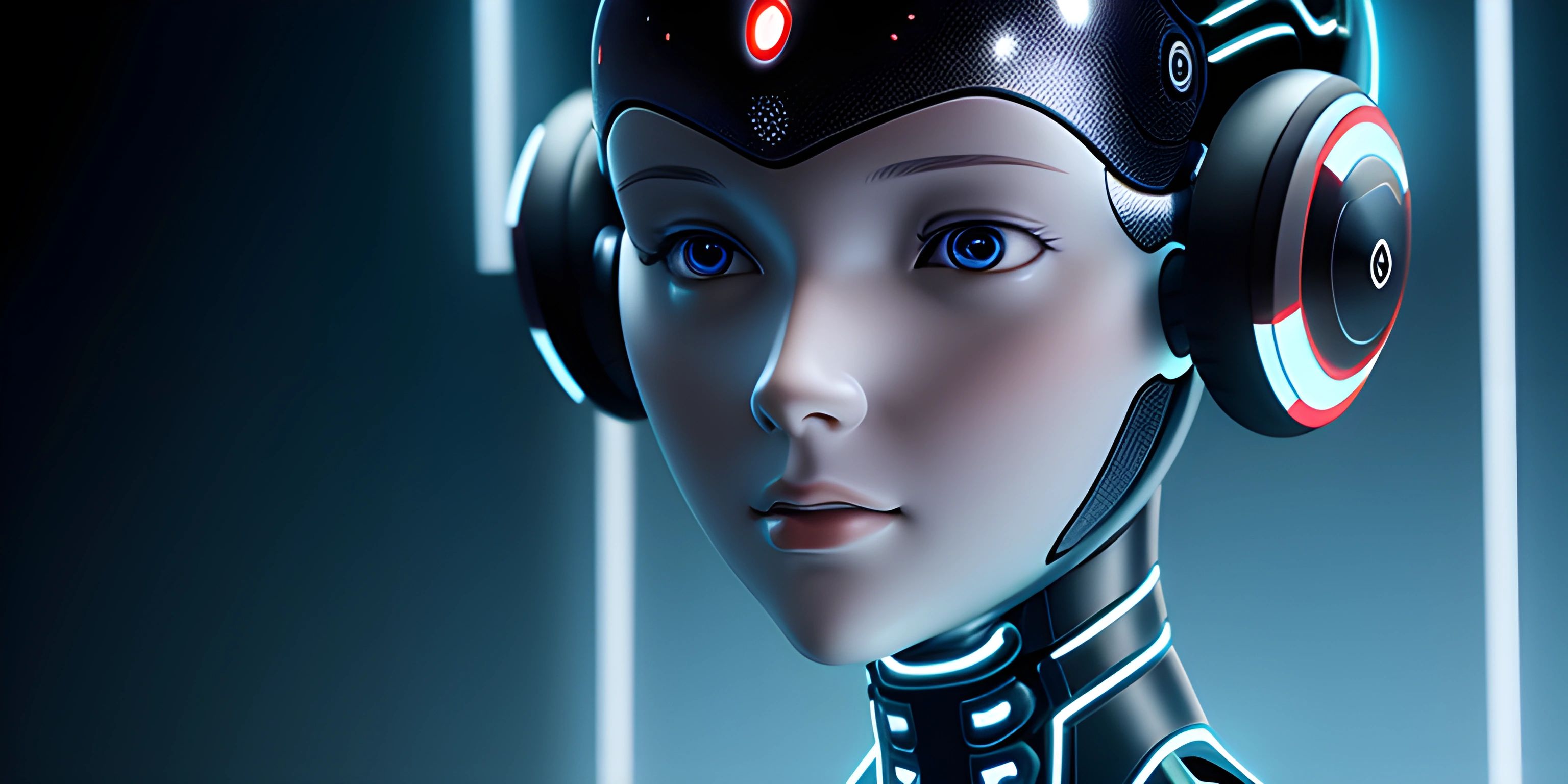Deep Learning Fundamentals

Note: this page has been created with the use of AI. Please take caution, and note that the content of this page does not necessarily reflect the opinion of Cratecode.
Deep learning, a subfield of machine learning, is all about artificial neural networks with many layers. These networks can learn, in some cases extremely well, from raw, unprocessed data. They're like a team of fact-checkers, with each member focused on a specific detail. The first checks the commas, the next checks the spelling, and so on, until the last one verifies the overall logic of the piece. Let's dive into the crux of deep learning, shall we?
What is Deep Learning?
Deep learning is a part of a broader family of machine learning methods based on artificial neural networks with representation learning. It's like the coffee-loving, nocturnal cousin of machine learning who's into complex algorithms and big data.
Neural Networks
Deep learning models are built using layers of "neurons". These are mathematical functions that calculate a "weighted sum" of the input, add a bias and then decide whether it should be "fired" or not, just like real neurons in our brain.
If this concept sounds as alien to you as a pineapple on a pizza does to an Italian, don't worry. Let's use a metaphor: imagine a crowd of people trying to pass through a narrow door. The door is the neuron, and the people are the information. The door opens only if a certain number of people push against it. This is what a neuron does, it only activates if the input surpasses a certain limit.
Here's a simple illustration of how a neuron works using pseudocode:
def neuron(input, weights, bias):
weighted_sum = sum(input[i] * weights[i] for i in range(len(input)))
if weighted_sum + bias > 0:
return 1
else:
return 0This code represents a single neuron. It calculates a weighted sum of the input, adds a bias, and then decides whether to fire (return 1) or not (return 0).
Layers
In deep learning, these neurons are arranged in interconnected layers. The input layer receives the data, the output layer makes the final decisions, and the layers in between (hidden layers) do all the heavy lifting.
Think of the layers like the different stages in an assembly line. Each stage has its own task, and the final product is only as good as the work done at each stage. In deep learning, each layer progressively extracts higher-level features from the raw input.
Training
Just like a newborn learning how to walk, the neural network starts with random guesses, and then iteratively adjusts its neuron weights and biases based on the error in its guesses. This process is known as training.
def train(network, data, target):
guess = network.predict(data)
error = target - guess
network.backpropagate(error)This pseudocode shows a simple training loop. The network makes a guess, computes the error, and then adjusts its weights and biases to minimize this error.
Hey there! Want to learn more? Cratecode is an online learning platform that lets you forge your own path. Click here to check out a lesson: Why Program? (psst, it's free!).
FAQ
What is deep learning?
Deep learning is a subset of machine learning that utilizes artificial neural networks with multiple layers (deep networks) to model and understand complex patterns in datasets. These models learn and improve on their own by examining examples.
What are artificial neural networks?
Artificial neural networks are computing systems inspired by the biological neural networks in our brains. They are made up of interconnected artificial neurons or nodes, each of which processes information it receives and passes it on to others.
How does a neural network learn?
A neural network learns by iteratively adjusting its parameters (neuron weights and biases) based on the error in its prediction. This process is called training. The goal is to minimize the difference between the network's predictions and the actual data.
What are the layers in a deep learning model?
A deep learning model typically has three types of layers: input, hidden, and output. The input layer receives raw data, the output layer makes the final prediction, and the hidden layers in between extract increasingly complex features from the input data.
What is the role of bias in a neuron?
Bias in a neuron is like the threshold that the combined input must surpass for the neuron to activate. It allows us to shift the activation function to the left or the right, which can be critical for successful learning.





